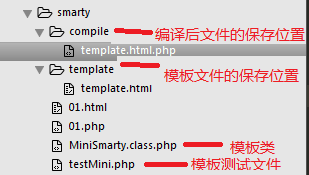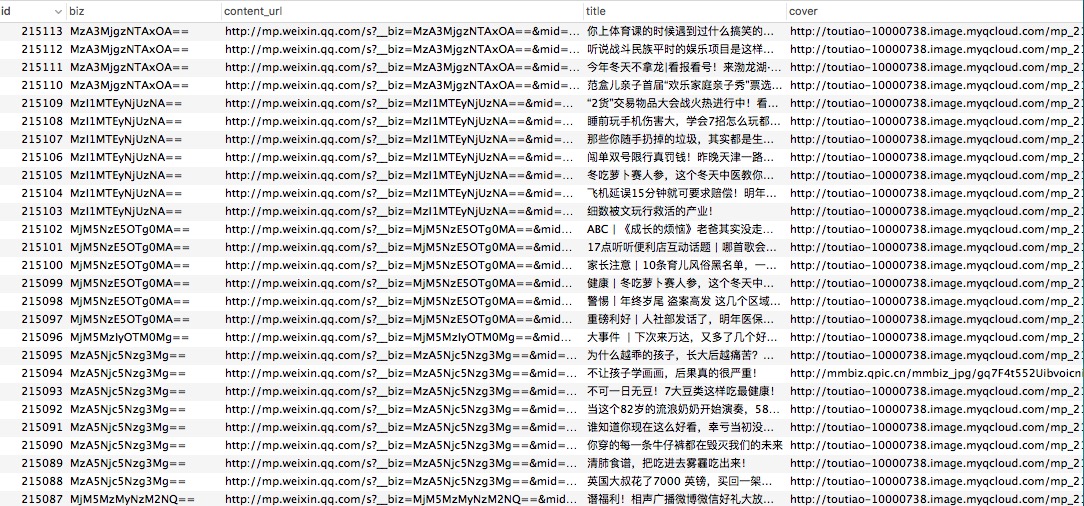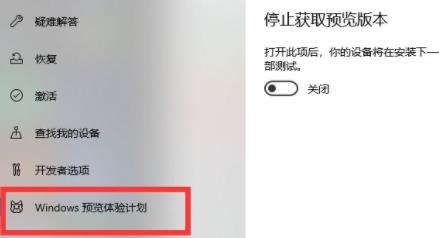本文实例讲述了Smarty模板类内部原理。分享给大家供大家参考,具体如下:
之前在学习ThinkPHP的时候,有接触到Smarty模板类,但是一直不知道其内部实现的原理,博主今天终于知道了其内部原理,其实也挺简单的,然后写了一个迷你版的Smarty模板类,对理解其内部原理有了很大的帮助。
1、迷你版Smarty类
首先上代码,最后再进行讲解。
项目结构图
MiniSmarty类代码(MiniSmarty.class.php)
|
1
2
3
4
5
6
7
8
9
10
11
12
13
14
15
16
17
18
19
20
21
22
23
24
25
26
27
28
29
30
31
32
33
34
35
36
37
38
39
40
41
42
43
44
45
46
47
48
49
50
51
|
<?php
/**
* 迷你模板类
*/
class MiniSmarty{
public $template_dir = '';//模板文件放置的目录
public $compile_dir = '';//编译后文件放置的目录
public $tpl_var = array();//模板赋值的变量
/**
* 给模板进行赋值
* @param str $key 键
* @param mixed $value 值
* @return void
*/
public function assign($key,$value){
$this->tpl_var[$key] = $value;
}
/**
* 编译模板,并引入编译后的文件
* @param str $template 模板文件
* @return void
*/
public function display($template){
$compile_file = $this->compile($template);
include($compile_file);
}
/**
* 将模板文件编译成php文件
* @param str $template 模板文件名
* @return str 编译文件名
*/
private function compile($template){
$template_file = $this->template_dir.'/'.$template;
//读取模板文件中的内容
$source = file_get_contents($template_file);
//判断是否需要再次生产编译文件
$compile_file = $this->compile_dir.'/'.$template.'.php';
//如果存在编译文件且编译文件的修改时间比模板文件大,则不用再次编译,直接返回文件路径
if(file_exists($compile_file) && filemtime($compile_file) > filemtime($template_file)){
return $compile_file;
}
//解析{$}为<?php echo 等操作
$source = str_replace('{$', '<?php echo $this->tpl_var[\\'', $source);
$source = str_replace('}', '\\'];?>', $source);
//生成编译文件
file_put_contents($compile_file, $source);
//返回编译后的文件路径
return $compile_file;
}
}
?>
|
|
1
2
3
4
5
6
7
8
9
10
11
12
13
14
15
|
<?php
//1、引入并创建模板实例
include ('./MiniSmarty.class.php');
$Smarty = new MiniSmarty();
$Smarty->template_dir = './template';
$Smarty->compile_dir = './compile';
//2、给模板对象赋值
$title = '两会召开';
$content = '好奶粉,好会议,好新闻';
$Smarty->assign('title',$title);
$Smarty->assign('content',$content);
//3、显示模板
$template = 'template.html';
$Smarty->display($template);
?>
|
模板文件(template.html)
|
1
2
3
4
5
6
7
8
9
10
11
12
|
<!DOCTYPE html>
<html>
<head>
<meta charset="utf-8">
<meta http-equiv="X-UA-Compatible" content="IE=edge">
<title>{$title}</title>
<link rel="stylesheet" href="">
</head>
<body>
<h3>{$content}</h3>
</body>
</html>
|
编译后的文件(template.html.php)
|
1
2
3
4
5
6
7
8
9
10
11
12
|
<!DOCTYPE html>
<html>
<head>
<meta charset="utf-8">
<meta http-equiv="X-UA-Compatible" content="IE=edge">
<title><?php echo $this->tpl_var['title'];?></title>
<link rel="stylesheet" href="">
</head>
<body>
<h3><?php echo $this->tpl_var['content'];?></h3>
</body>
</html>
|
代码都贴完了,最后解释一下。在测试模板类(testSmarty.php)文件中,首先是引入模板类文件,实例化模板对象,然后给模板对象赋值,最后显示模板。在模板类(MiniSmarty.class.php)文件中,有3个属性和3个方法,属性分别是template_dir 、compile_dir‘和tpl_var,含义分别是模板文件的路径、编译后文件的路径、模板对象的变量。3个方法分别是assign、display和compile,assign方法是给模板对象赋值,display方法是编译模板文件,并引入(显示)编译后的文件,compile方法是编译模板文件。编译模板文件的过程主要是将模板文件中的{$标签}解析成<?php echo $var?> 等php代码。
2、Smarty原理分析
工作流程
(1)把需要显示的全局变量,赋值,塞到对象的内部属性中的一个数组里
(2)然后编译模板,将{$标签}解析成相应的php echo 代码
(3)引入编译后的php文件
使用步骤
(1)Smarty是一个类,要使用的话,必须引入在进行实例化
(2)使用assign给模板赋值
(3)使用display方法【从编译到输出】
Smarty的缺点
(1)编译模板,浪费时间
(2)要把变量再重新赋值到对象的属性中,增大了开销
希望本文所述对大家基于smarty模板的PHP程序设计有所帮助。
原文链接:https://blog.csdn.net/baochao95/article/details/52248207
相关文章
- 个人服务器网站搭建:如何选择合适的服务器提供商? 2025-06-10
- ASP.NET自助建站系统中如何实现多语言支持? 2025-06-10
- 64M VPS建站:如何选择最适合的网站建设平台? 2025-06-10
- ASP.NET本地开发时常见的配置错误及解决方法? 2025-06-10
- ASP.NET自助建站系统的数据库备份与恢复操作指南 2025-06-10
- 2025-07-10 怎样使用阿里云的安全工具进行服务器漏洞扫描和修复?
- 2025-07-10 怎样使用命令行工具优化Linux云服务器的Ping性能?
- 2025-07-10 怎样使用Xshell连接华为云服务器,实现高效远程管理?
- 2025-07-10 怎样利用云服务器D盘搭建稳定、高效的网站托管环境?
- 2025-07-10 怎样使用阿里云的安全组功能来增强服务器防火墙的安全性?
快网idc优惠网
QQ交流群
-
2025-05-29 32
-
2025-05-27 61
-
2025-06-04 21
-
2025-05-27 94
-
2025-05-27 70












